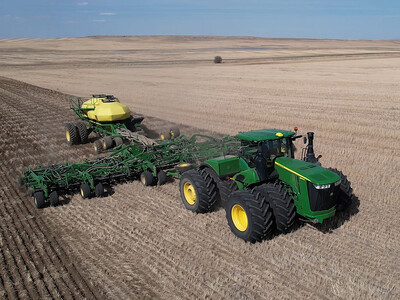Thermoneutral zone
While impressively stout yet entirely fragile, horses require a great level of care, especially as it relates to their nutrition over the winter.“Many horse owners may not realize they actually need to feed horses differently in the wintertime than they do in the summertime,” Jyme Nichols, PhD, director of nutrition at Stride Animal Health, shared in an interview with Valley Vet Supply.
For a better understanding, continue learning with these three facts.
Fact 1: A Horse’s “Thermoneutral Zone” Directly Impacts Their Nutritional Needs.
“The first thing that I think is important for everybody to understand is a term that sounds a little bit intimidating — thermoneutral zone,” Dr. Nichols said. “This is basically the temperature outside in which a horse can maintain their own core body temperature without having to exert any extra effort to regulate either their heat loss or heat gain.”
Horses in the United States have an average thermoneutral zone between 40 and 80 degrees, which means horses near the low end of their thermoneutral zone will have to use extra energy (thus calories) to maintain heat.
To identify whether your horse is outside of their thermoneutral zone, “You want to pay attention to whether or not they're using any natural defenses to that cold weather,” encourages Brittany Rahm, nutrition consultant at Stride Animal Health.
These natural defenses can include:
Shivering
Standing with tail to the wind, head lowered
Seeking shelter
Dr. Nichols followed up with, “Anytime you combine cold temperatures on top of moisture – wind, ice and of course snow – a horse will have to increase their heat production and will need to consume more calories. Additionally, young horses or underweight horses are going to hit that lower, critical temperature and get colder faster than a mature horse or a horse that's going into wintertime with really good body condition,” Dr. Nichols said.
An especially important detail for those traveling for competitions or pleasure with their horses is that it takes two weeks to a full month for horses to readapt to a new ambient temperature.
“When traveling, be mindful if you're going a long distance or to a region that has a very different temperature range than what you're coming from – your horse may struggle a little bit more to retain heat or try to get rid of it – depending whether you're going to a colder climate or a hotter climate,” said Dr. Nichols.

















